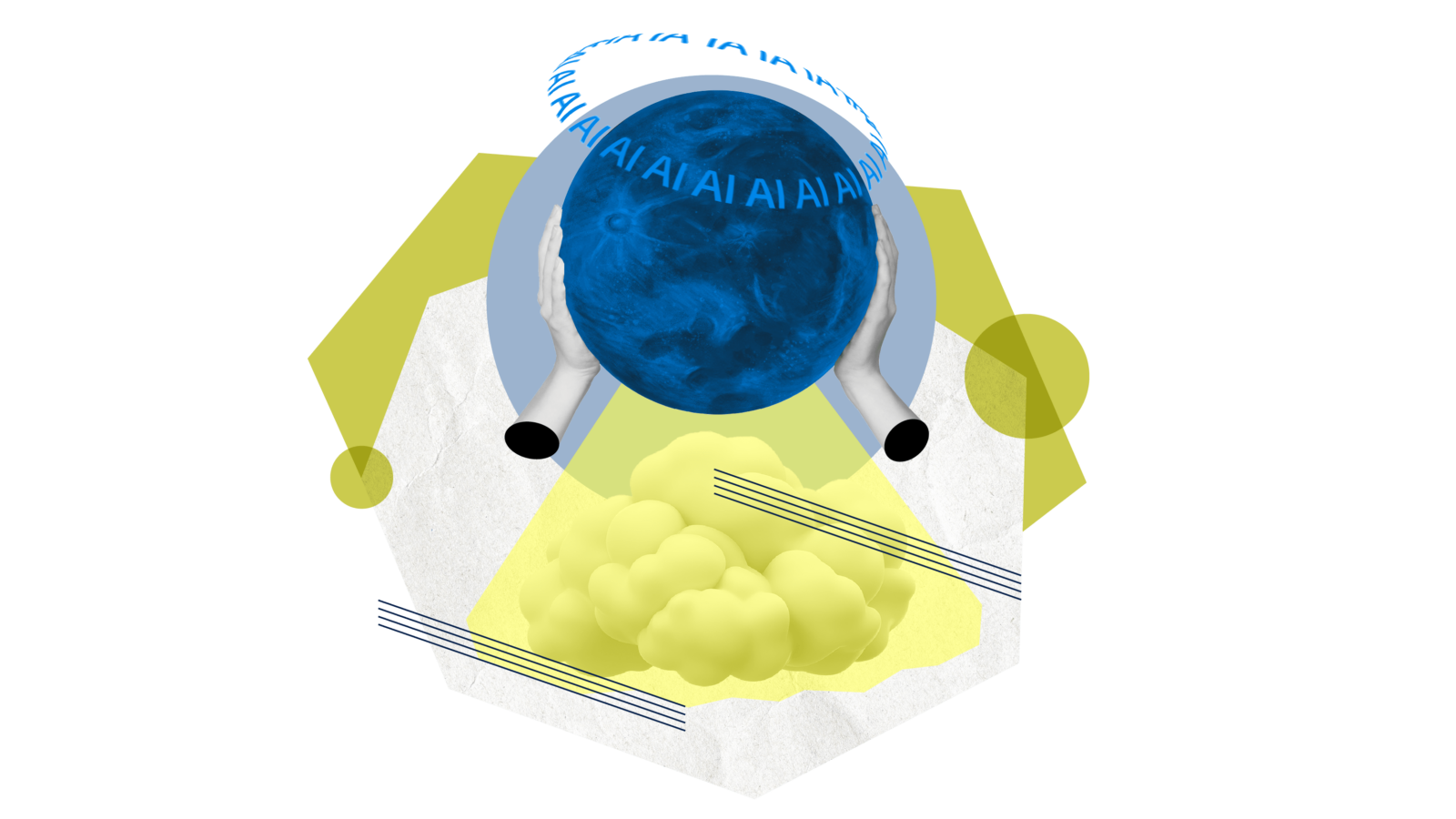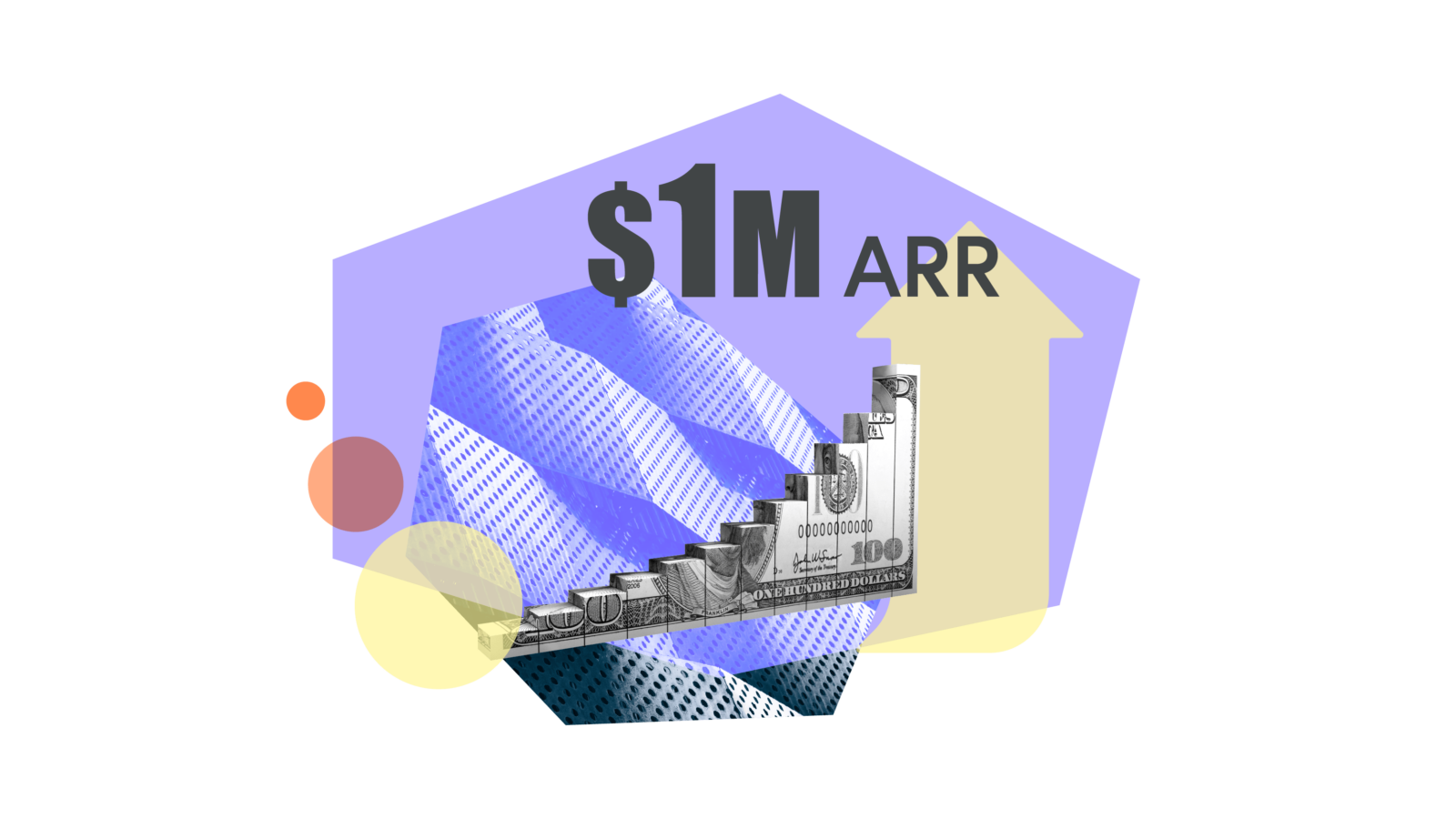How gaming could save distance learning
School’s out, and many of us parents are breathing sighs of relief. As much as our kids may be bored to tears right now and still climbing the walls with no end to COVID-19 in sight, at least we aren’t still in the throes of remote learning. Summer might not be ideal right now, but at least we have a short respite from teaching our kids arithmetic before Fall returns. Many of us have already accepted and resigned ourselves to the fact that school in its regular, physical form may not return. Or, at least not as we know it.
Remote learning is clearly going to remain a key ingredient to teaching and learning. But what if we reimagined these distance learning tools? They could be far easier-to-use, engaging, accessible, and—most importantly—fun. If there’s anyone who could transform the virtual distance learning space into a seamless and likeable experience for kids of all ages—a tall order—it’s the gaming industry.
Gaming has a long history of influencing other industries in tech. For example, social media adopted gaming’s habit forming loops and enterprise software became more consumer friendly with popular UX patterns. Even developer platforms now stand out by making their onboarding flow and documentation seamless. The systemic overhaul of remote learning could be gaming’s most meaningful one yet.
As an investor in gaming companies such as Twitch and TSM, I’ve always been an avid student of gamer culture—the fandom, focus, and extreme diligence it takes to become a top player. Game developers are able to channel this focus and drive because of the game mechanics built by exceptional innovators behind platforms of all types. And it is these platforms—with their reward cycles and social mechanics, their skill-building models, and the sheer amount of engagement they drive from players—that should be thought of as prototypes for tomorrow’s next great education platform.
A brief report card on distance learning platforms
“While Zoom, Google, Microsoft and others are offering their business or casual consumer-focused software to students and educators, it’s becoming clear, especially for teachers, students, and parents, that these options aren’t tailor-made for the K-12 virtual classroom environment — they’ve certainly helped during desperate times, but we are all looking for better solutions in the future and are seeing many entrepreneurs focused on this space right now,” said Charles Birnbaum, one of my partners at Bessemer Venture Partners who focuses actively on the education technology market. “Education technology is a $252 billion market, and while we haven’t really seen a product — yet —that combines a distance learning experience with first-rate student engagement focused on the K-12 segment, I do believe the market opportunity will persist post pandemic.”
With 56 million K-12 students and 3.6 million teachers in the U.S. quickly pivoting to learning and teaching from home, I predict we’ll soon see an entirely new category of distance learning platforms that are both synchronous and interactive and encourage engagement and cooperation, mimicking the real life classroom. This is good news! A fine-tuned and tailored substitute for the magic of the classroom has the potential to be a welcomed relief to the tens of millions of parents living in fear of what will happen if—or when—remote learning returns at some point, whether for an extended period of a time or an episodic reality.
We’ll soon see an entirely new category of distance learning platforms that are both synchronous and interactive.
Future distance learning platforms would do well if they took a page out of the gaming playbook, and approached the problem of engagement in the classroom like Roblox. The immersive “imagination platform” is already gobbling up kids’ screen time, and with over 2 million Roblox game creators, the platform also provides an incentive for kids to learn to code through its Lua-based scripting language.
Virtual shared spaces that cultivate belonging, reward systems that trigger the release of dopamine, and personalized tracks and levels that build a sense of accomplishment will be the “hooks” that keep students from “churning” or “downgrading” on their education—a common failure mode in the current shelter-in-place environment.
Gaming categories and mechanics for distance learning
Figuring out how to activate the dopamine pathways in the brains of players has driven an entire industry to astronomical success. While not all of the categories and social mechanics that gaming companies employ are appropriate for distance learning, in certain settings, they could be utilized to cultivate student engagement, encourage healthy competition, track personal milestones, and deepen experiential learning in the new virtual classroom.
- Clan-based games (e.g., Clash of Clans) give players/students a sense of community, duty, and responsibility to contribute to the group. This type of game could aid in building a virtual classroom that recreates the one-to-many learning environment. With virtual reward systems and currencies, this dynamic could deepen class cohesion and increase collaboration during group projects, where everyone is incentivized to work together in order to advance a lesson or complete a mission.
- Casual games and puzzles (e.g., Candy Crush) could be utilized to reinforce lessons, memorize facts, and expand vocabulary and concepts when students need to test their knowledge or study for exams of all types.
- MOBA or other strategy games (e.g., League of Legends) could use familiar gaming mechanics to teach certain subjects, such as political science, world history, or model UN, by encouraging player-students’ sense of adventure and desire to strategize together. Educators could tap into history more experientially, demonstrating how political leaders navigated complex challenges instead of just lecturing.
- Battle Royale games like Fortnite, where players compete to the death to win a particular round, might seem like the least likely genre of game to adapt as a classroom substitute. And while not all of Fortnite’s game mechanics are suitable for the classroom, its highly social nature and focus on challenges and coordination with other players could be a model for platforms to reinvent extracurriculars, such as PE, school assemblies, talent shows, and virtual dances. COVID-19 has accelerated the demand for widespread virtual shared spaces; the next step is to create spaces that accommodate the unique needs of the school, classroom and compensate for the unique challenges of remote teaching and learning. Just as Travis Scott performed on Fortnite to an audience of 12.3 million, the next distance learning platform could coordinate a global virtual prom with students from around the world, or allow a school to recreate their entire campus—like MIT did via Minecraft—to host virtual graduations.
- Overlays and amplifiers, while not game categories in and of themselves, are emerging mechanics used in therapeutic settings to help children manage anxiety and emotional triggers, and could support students’ social-emotional learning—a key focus of educators in 2020. When layered onto a popular game, such as Mario Kart, this mechanic cues a player to practice new habits and rewards them with new powers or speeds once they complete them. “With a connected heart rate monitor, a game with this type of mechanic overlay is able to measure a kid’s frustration, anxiety, or temper,” said Craig Lund, CEO of Mightier, a gaming company first developed and tested at Boston Children’s Hospital and Harvard Medical School to give kids a safe place to practice emotional regulation. “If you’re able to stay calm, a player gains new powers; if their frustration increases, the game freezes and encourages them to practice deep breathing or other therapeutic practices.” Just as many schools integrate meditation, social and emotional learning (SEL), and virtual counseling into their curriculum, this gaming mechanic could be the new sandbox to help kids emotionally mature.
Players perched to take the throne
The gaming industry has a long history of inspiring change in tech. For example, we have a robust product and user analytics industry today in part because game creators needed to map and understand the behavioral patterns of their players—and the approaches they pioneered applied equally well to other industries. The consumerization of enterprise software was aided by big tech companies mimicking techniques from consumer software that gamified sign-up flows and otherwise incentivized actions that drive usage or produce other valuable insights.
Big tech has already stepped up to the distance learning category by offering their solutions to educators, but these companies still need to radically adapt their products for the idiosyncrasies of the classroom setting, and they aren’t always well-positioned to serve the market. Meanwhile, edtech companies have the opportunity to take a page from the gaming playbook and build more engaging products and experiences by leveraging the social mechanics that give students a healthy dose of dopamine as a reward for learning.
Undoubtedly, there’s room for more than one player in this space—great news for entrepreneurs and VCs alike. Many parents are now quasi “experts” on the challenges of keeping elementary school age children engaged in a remote classroom, and I’m sure there’s a whole different set of struggles for middle and high schoolers. Luckily, tomorrow’s distance learning platforms have the potential to be something novel, and as we think about Fall and beyond, it gives me hope that we’ll see these types of platforms get built and perfected soon. The only remaining question in my mind is: will it happen soon enough?




